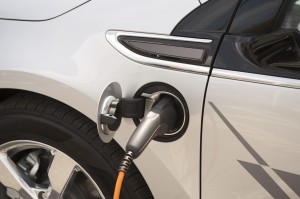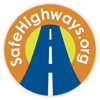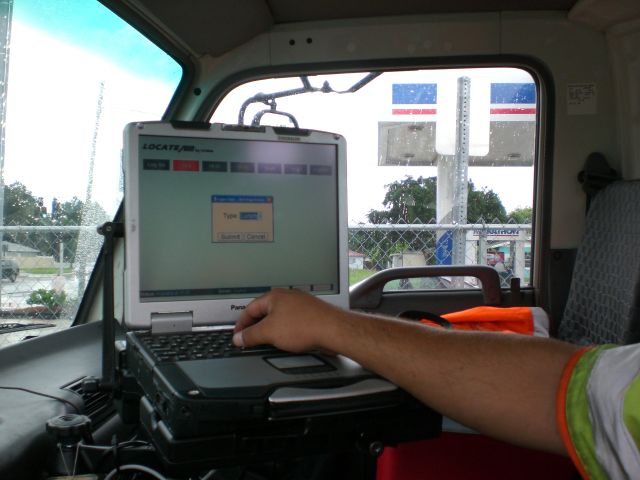New Tools for the Trade
LOCATE/IM Changes the Way SSP’s Collect Data and Report
LOCATE/IM, a new system specifically for Safety Service Patrols (SSP) developed by Gannett Fleming, headquartered in Camp Hill, PA, offers the tools to perform effective, streamlined incident and emergency management data collection. With it, agencies can maintain continual knowledge and situational awareness about the status of their roadways, as well as establish better lines of communication with other responders, improve coordinated responses to live events, and enhance data gathering and validating of real-time traffic data.
LOCATE/IM, a hosted web-based automatic vehicle location (AVL) and data collection system, provides detailed performance measure monitoring and reporting functions, and mobile global positioning system (GPS) units for operations personnel. The new system is available in several forms – from a simple GPS locator to an in-vehicle laptop for on-scene data collection. Because LOCATE/IM is accessible directly from a web browser, there is no need for additional software or servers. Information is stored safely and securely and backed up in a state-of-the-art data center.
When an incident occurs, Traffic Management Center (TMC) personnel can enter the incident into the LOCATE/IM system, or if the truck is equipped with a LOCATE/IM laptop, the driver can initiate the incident record. In either case, TMC personnel can see the incident record, can use the system map to find the closest truck and can dispatch assistance. TMC personnel and the SSP driver can then work together to record all events into the single LOCATE/IM incident record. The collection of incident management data by the LOCATE/IM system then allows for additional increases in system efficiency to be realized in the future.
LOCATE/IM systems are currently in use in Florida, Tennessee and Louisiana. When the system was deployed to the Tennessee Department of Transportation (TDOT) HELP program last year, TDOT was able to unify data collection for the incident management system in its four largest urban areas. Previously, TDOT’s system was comprised of two entities, collecting most statewide incident management information on paper and in duplicates. Today, TDOT’s incident management system through the use of LOCATE/IM, is improving data collection that results in improved situational awareness and enhanced performance-measure reporting.
Nations’ First Electric Vehicle Mobile Charging Roadside Assistance Program
Cross Country Automotive Services, headquartered in Medford, Massachusetts is a leading provider of driver and vehicle assistance services in North America, and in August they introduced the nation’s first mobile charging warranty roadside assistance program for owners of electric cars.
The seven initial markets where the program will be available are: Los Angeles, Phoenix, Nashville, Portland, San Diego, San Francisco and Seattle. Cross Country will be adding additional mobile charging units to other areas throughout its national service provider network across the country.

To meet the growing need of motorists using electric cars, the first mobile charging warranty roadside assistance program.
“Serving as the roadside assistance provider for a number of electric vehicle companies, Cross Country recognizes the need to provide unique solutions that are specific in assisting the emerging number of electric vehicle owners, ensuring they will receive the same high levels of service and peace of mind they’ve come to expect whenever they were behind the steering wheel,” said Dave Ferrick, senior vice president at Cross Country.
The mobile chargers may be mounted on small trailers, and consist of 10 kWh propane-powered generators that efficiently charge the disabled electric vehicles. Available to both Service Providers and dealerships, the chargers offer the capability to quickly and safely charge multiple vehicles concurrently through a Level 2 charging protocol, delivering consistent utility grade power. In addition, the charger is capable of back-to-back services without the need to recharge any onboard batteries.
The program offers emergency charging assistance – approximately 5 miles of range for as little as 15 minutes of charge – to drivers whose electric vehicle batteries have been depleted, relieving driver anxiety about being stranded. Services will be provided through specially equipped mobile charging units manufactured to serve the emerging electric vehicle (EV) service market.
AAA announced a similar program during a news conference at the Plug-In 2011 Conference & Exposition. AAA will deploy trucks with mobile electric vehicle charging capability in six metropolitan areas across the U.S. as a pilot program. All AAA mobile EV charging roadside assistance vehicles can provide Level 3 (DC Fast Charging) and Level 2 (AC Quick Charging) to electric vehicles.
Washington DOT Incident Response Utilizes Turbo Flare
The Turbo Flare, an emergency road flare with the capability to rotate 360 degrees with no moving parts and ultra bright LEDs that last up to 100,000 hours, is currently in use by Washington State DOT following a suggestion made by Kathy Vatter, WSDOT Incident Response Lead Technician, and her colleagues, Willie Ramsey and Brian Farrar.
Four months ago, Vatter, Ramsey and Farrar approached WSDOT management with an idea to utilize Turbo Flares as part of the Incident Response program. The team aimed:
- to improve the safety of state highway workers during night time operations
- to preserve and protect the state’s environment by decreasing the amount of contamination produced by fusees
- to protect the health of state highway workers by decreasing the use of fusees
- to improve efficiency of state highway workers by implementing the use of turbo flares and decreasing the use of 30 minute fusees
The team was successful in convincing WSDOT management of the many benefits of Turbo Flares, addressing all potential issues, including time, fire hazards, environmental, efficiency, health hazards, theft and cost issues. According to the team’s proposal, “There is a monetary saving as well as an investment benefit for the welfare of the citizens of our state, as well as state employees, with the implementation of this process improvement.”
To read more about the Turbo Flare and other equipment used by state DOT’s visit our Resources page.

